Why do we get food cravings?
Sep 16, 2022
What Are Food Cravings?
We’ve all been there. Standing in front of the fridge, shoving the baby carrots aside, and reaching for the cheesecake instead. You’ve heard if you’re really hungry you’ll eat those carrots—or an apple—but the pull that cheesecake has on you . . .? It’s hard to resist that craving. So hard. If food cravings are affecting your life, you’re not alone.
Before we dive into everything you need to know about food cravings, the big questions are: Can we overcome food cravings? And if so, how?
Maybe what you’re really asking yourself is: Should I feel guilty about eating that cheesecake because I wanted it so badly? (Hint: No!)
When we know where food cravings come from, we can answer these questions and be more gentle with ourselves.
Let’s dive into how we can alchemize our irresistible food cravings.
Food cravings vs. hunger
When we really (really!) want to eat one specific food, that’s a craving. Food cravings are “frequent, intense, and irresistible desires to consume a particular type of food.” Cravings start as soon as we think about that food. Sometimes we can’t stop thinking about it. The longing for that food can consume our thoughts and compel us to find and eat it, even if that means stopping what we’re doing and heading straight to the fridge, cupboard, or store right now.
I know for me, a strong food craving is for pretty much anything rich and chocolatey. At the moment, it’s the dangerously delicious Almond Mid-Day Squares or vegan croissants from my local bakery.
Hunger is different from cravings. With hunger, we want food, but it’s often a less intense feeling and just about any food will do. Hunger satisfies our basic need for sustenance. When we’re truly hungry, just about any food will satisfy us . . . at least temporarily (until the next hunger pang comes along).
Cravings, on the other hand, are when you could really go for that cheesecake (or Oreos, potato chips, gummy candies, peanut butter cups… you know what I mean, right?) and nothing else will do.
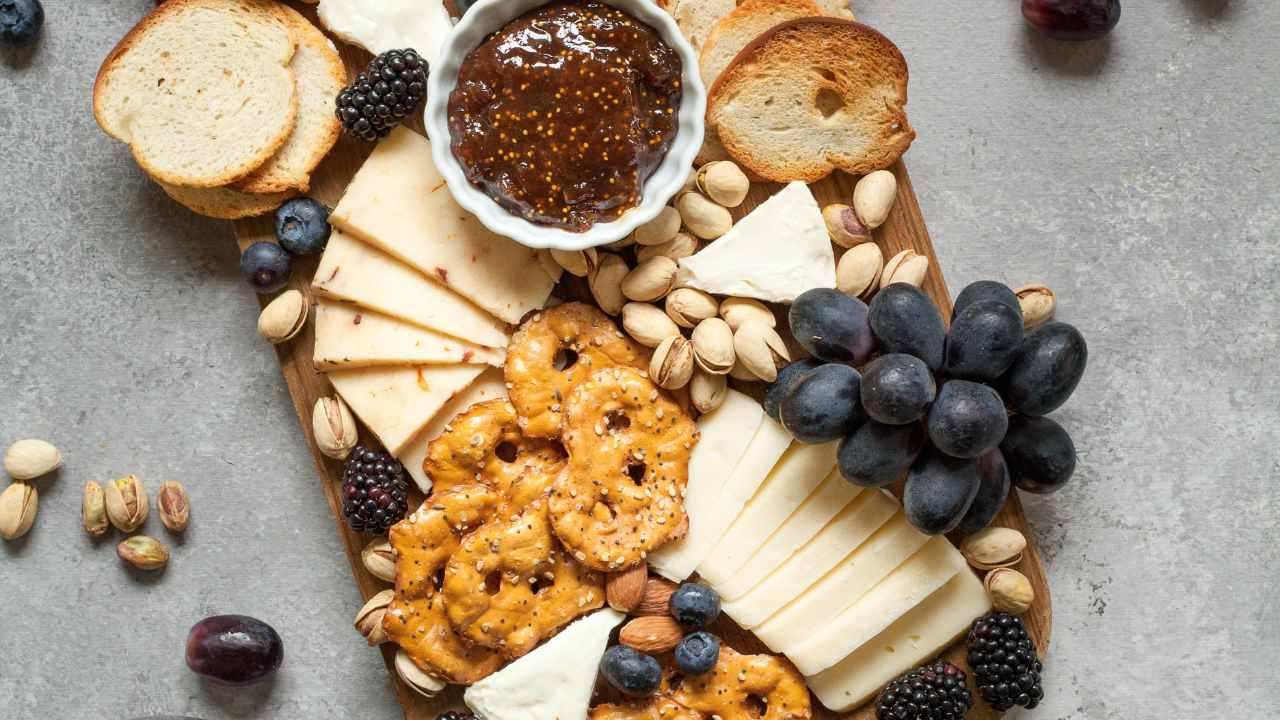
What food cravings can do to us
It’s no surprise that food cravings can significantly impact us on an emotional and neurocognitive (brain) level. For example, our cravings can hijack our brain’s reward systems, giving us so much pleasure when we act on them. This feeling can lead to overeating and, over time, this may contribute to excess weight and obesity.
In my experience, I’ve felt the pendulum swing so far in both directions, that if I withhold for too long, I end up binge eating that food later on, and feel terrible about myself (and sick to my stomach).
Food cravings are powerful. Research suggests that some people experience them more strongly than others. For example, people who naturally tend to have a stronger cravings also tend to:
- Overeat
- Have a higher body-mass index
- Try to lose weight unsuccessfully
- Be more prone to eating disorders.
This reaction is strongly genetic. Genes can affect food cravings, appetite, satiety (how full or satisfied you feel after eating), metabolism, body-fat distribution, and how we cope with stress.
And it can even go one step farther. Those who experience excess weight or obesity are often at an even bigger disadvantage when it comes to food cravings. Studies show that people with a higher body-mass index tend to experience stronger cravings for foods that are more energy dense (food that are high in calories and low in nutrients).
… Which explains why I would binge eat those foods. Not only was I overweight for most of my youth, I also come from a family of emotional eaters. It was deep conditioning at play.
What triggers our food cravings in the first place is our natural physiology.
The physiology of a food craving (it all starts with a cue)
According to one commonly used research tool, the Food Craving Inventory (FCI), there are five types of foods that we typically crave:
- Sweet
- High-fat
- Starchy
- Fast food
- Fruits and vegetables
Cravings for these foods can feel intense and powerful. That’s because, on a biological level, they’re associated with physical, emotional, and even neurocognitive (brain) responses.
Here’s what I mean.
Have you ever noticed that seeing a food advertisement or smelling something cooking can make you want that particular food right then and there? These sights and smells are called “food cues” and they are what kickstarts cravings.
I’m sure you’ve experienced this walking past a pizza joint or a bakery first thing in the morning. The smells are enticing, seductive even.
Being exposed to food cues ramps up our cravings and desire to eat on different levels: physical, emotional, psychological, and neurocognitive (brain). On a physical level, food cues increase our production of saliva and insulin. Our bodies are literally preparing to digest the food it expects us to be eating soon (you’re familiar with the Pavlov Theory, right?). On an emotional level, certain sights and smells can remind us of times when we felt comfort and joy while enjoying those foods. On a neurocognitive level. food cravings also activate certain “reward areas” of our brains. These are shown in “brain imaging” studies as areas that “light up” when we think about certain foods. (More on this later.)
Food cues turn into cravings like this:
- Step 1: You see or smell or think about a food and want to eat it even if you’re not hungry (remember, cravings are different from hunger). This is when the brain has a high desire for and preoccupation with a specific food or type of food. You think about the food and it’s so hard to stop thinking about it.
- Step 2: Your craving leads you to get up and start seeking out that food.
What does this mean? That our brains can be triggered and they play a big role in our food cravings.
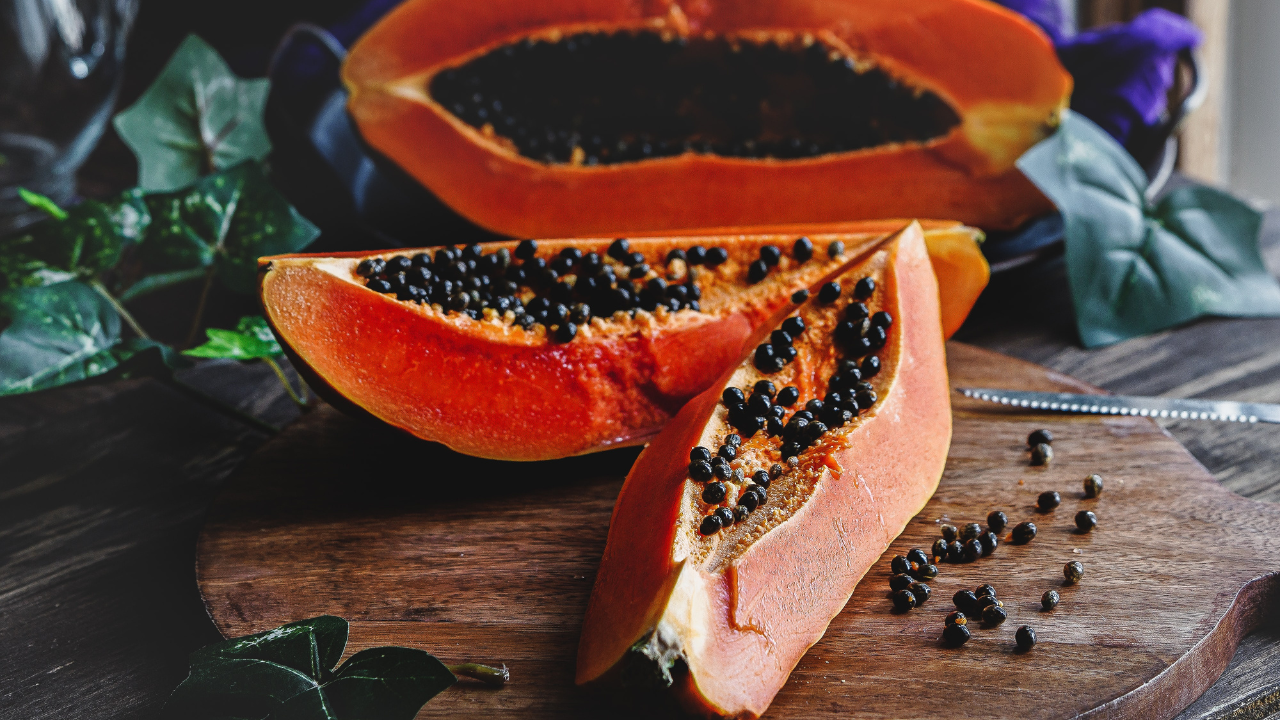
Food cues are everywhere and they kickstart your cravings
How many times every day or so do you experience food cravings? Once? Twice? More often than that?
Why do we seem to experience intense food cravings so often?
Because food cues are everywhere!
Whether we’re looking at a screen, listening to a show, reading a magazine or newspaper, passing a billboard, or even getting some fresh air and exercise around our neighbourhoods, we are surrounded by food cues. We’re inundated with ads, logos, banners, and other sights, smells, and memories. Convenience store windows have posters of craveable snacks. As we go by restaurants, bakeries, and cafes, they let off aromas of their mouth-watering freshly baked and cooked goods.
You can be out to pick up a head of broccoli, a new pack of pens, or an herbal tea and what’s there waiting for you at the counter? Chocolate, gummies, potato chips, and craveable snacks of all kinds (you can snatch my 10 tips for overcoming food cravings here).
FUN FACT: Research shows that people who live in environments with an abundance of food make about 200 food-related decisions every day! That’s a lot of thinking about food and deciding what, where, when, and how to eat.
As you can see, our food environment gives us a never-ending supply of food cues that trigger our natural cravings.
Next step: Seeking and finding those craveable foods
Once you’ve registered a food cue that has kickstarted a craving, why is it so hard to resist?
Because our environment is practically designed to allow us to effortlessly give in to our cravings. When we have the overwhelming desire to devour a chocolate bar, it’s usually not that difficult to find one.
Many of us are surrounded by a huge selection of inexpensive and convenient foods and drinks available 24 hours per day, 7 days per week. How easy is it to grab a craveable snack within minutes?
When we buy them—if we don’t finish them right away—these craved foods make it home and are available to quickly grab from our purses, pantries, and fridges just in time for the next craving.
And that’s not all! Don’t forget that many processed foods have been specifically designed to satisfy our cravings and be “hyper-palatable.” They’ve been tested and manufactured to have the optimal flavour, colour, texture, mouthfeel, etc. The idea is to really get the brain’s (neurological) reward system going.
It’s really no wonder that convenient access to a variety of craved foods isn’t helping us manage our cravings.
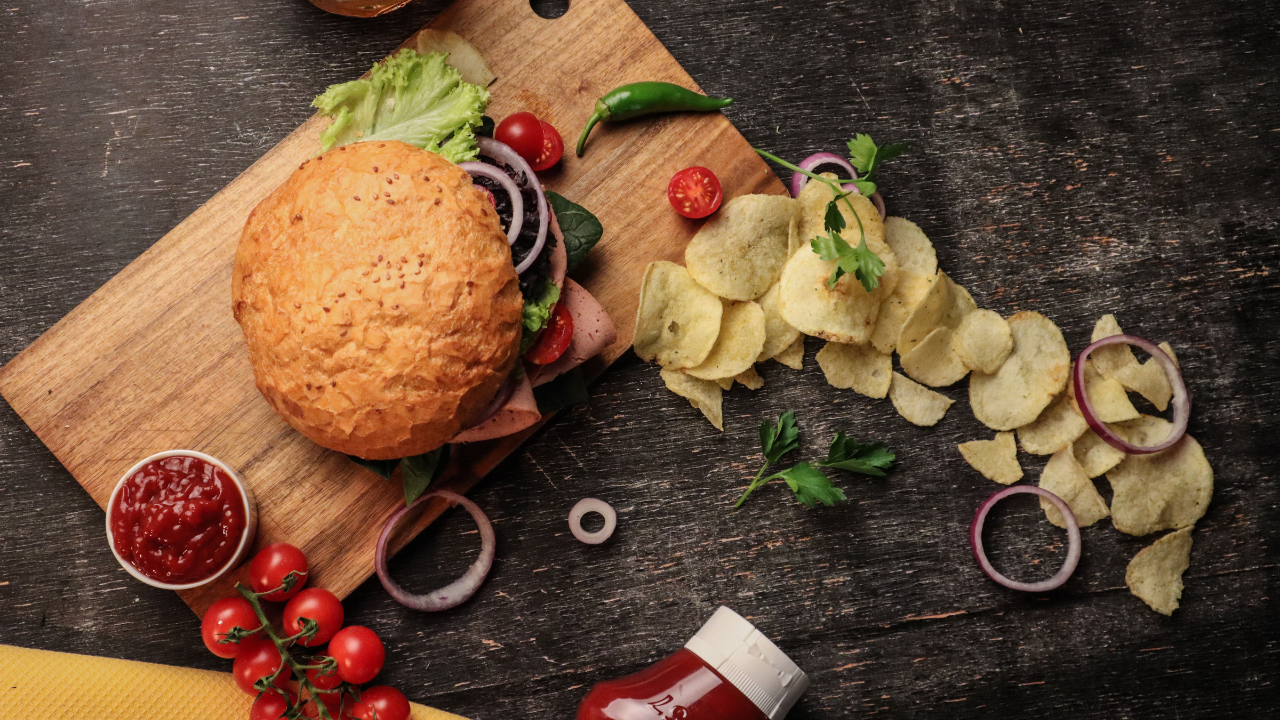
Why do we have food cravings?
Even though the food environment described above is a human-made, fairly recent phenomenon, science tells us that cravings are deeply biological. So, why do we have them? The answer is: for survival.
Throughout the vast history of humankind, our survival depended upon our motivation to find food and sustenance to satisfy our hunger. But, our cravings go deeper than that. Food cravings point to specific types of foods: sweet, high-fat, starchy, or fast foods. These are foods that can give us a lot of energy right away (sweet, starchy) and foods that can sustain us for a longer time (high-fat).
Having quick sources of energy to fight or flee can help us survive immediate threats. Whole foods with the energy we can easily store for the long run can help us survive droughts and famines. We don’t really crave low-sugar, low-starch, low-fat foods (like kale) that much, do we?
Of course, vegetables are full of fibre and nutrients and I highly recommend getting these into your diet every day. It’s just that our natural tendency isn’t to go out of our way to seek those out. For the most part, we don’t crave them.
Stress relief is another reason we experience food cravings. Stress from your family life, work, or even the body image stress that many of us are conditioned into (thanks to unobtainable societal beauty standards). Studies show that physical or emotional distress can increase intake of highly craved foods. Stress hormones, hunger hormones, and insulin, may all play a role. That’s why when you’ve got a busy week with multiple deadlines, you often desire that dang cheesecake even more than usual. Then, when the craved food is consumed, the parts of the brain that process stress seem to calm down a bit.
This brings us back to the physical aspect of food cravings versus the emotional and neurocognitive aspect.

Let’s weigh the physical and emotional aspects of food cravings
There are two main schools of thought as to why we have food cravings: the deficiency hypothesis and the conditioning hypothesis. You’ve probably heard of and experienced both.
1 - Deficiency hypothesis (based on physical needs)
The idea behind the deficiency hypothesis is that when we have a physical need for a specific nutrient or food, our brain tells us to get it. It’s as though our body senses that we’re deficient and needs to replenish, so we crave the foods to get more of that missing nutrient. Knowing what your body truly needs is an important skill to have, and requires a developed sense of trust in your ability to communicate with your body.
2 - Conditioning hypothesis (based on habits or emotional needs)
The idea behind this hypothesis is that we are psychologically and behaviourally conditioned to want certain foods when we feel certain emotions or are in a certain environment. That it’s our feelings and habits that drives us to crave a food. For example, if you’re used to snacking when watching TV or a movie, you may crave popcorn during those times simply because you’re in front of a screen, not because you’re low in sodium. Another example is “comfort foods” that we may crave when we’re feeling out of sorts and want to relive a previous time in our lives where we felt comforted and happy. This is the most common reason I see with my clients, particularly when we weren’t taught how to process our emotions in a healthy, nourishing way.
So, which one is it? Do we crave foods to fill a nutritional (physical) need or an emotional one?
We can find out by first thinking about what would end our craving, based on each hypothesis.
- In the deficiency hypothesis, the craving should end when we get enough of the food or nutrients that we’re presumably low in. When we have enough nutrition, our cravings should naturally go away because our bodies don’t physically need any nutrients.
- In the conditioning hypothesis, our cravings should subside if we stop satisfying them. So by refraining from enjoying delicious foods when we’re not hungry (because it’s a habit or to help us feel better) can reduce the pull of those food cravings.
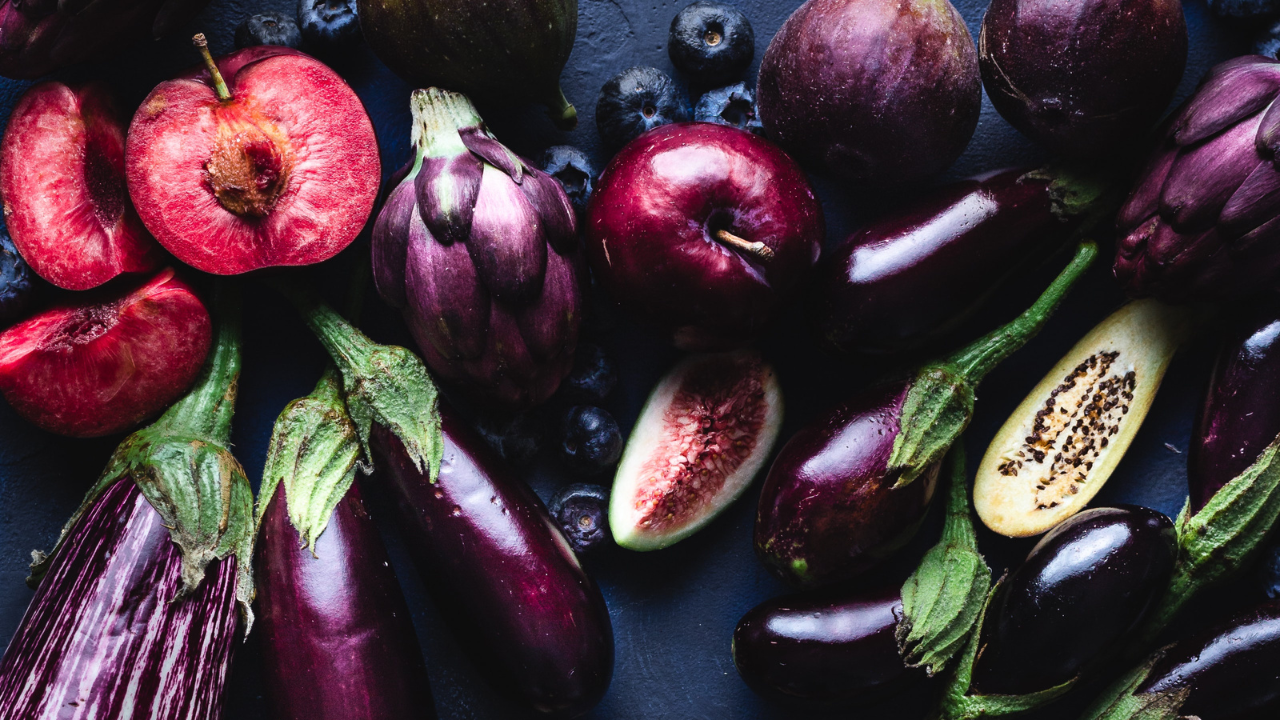
Which one of these hypotheses has a bigger influence?
As we know, the human body, with its complex physiology and emotions is rarely well-understood using simple either/or explanations.
Recent studies show that both of these play a role (there is evidence for both), but one of them seems to have a stronger influence than the other.
Based on a large recent review of eight studies, researchers found more evidence to support the conditioning hypothesis. In this case, people who resisted food cravings for 12+ weeks found that their food cravings got (a bit) smaller.
FUN FACT: Guess which craving dropped the most? The craving for sweets!
This was also found in other studies of people who followed a low-sodium diet for several months. They ended up preferring less salt in their food.
I’ve explored this for myself and can attest to it! Gluten, cheese, coffee and super sweet treats are no longer things my body craves.
Interestingly, cravings for fruits and vegetables did not change and in fact, they stayed around zero the entire time. That’s right—most people don’t crave highly nutritious fruits and vegetables very much.
It now appears that food cravings seem to help feed our emotional needs (at least a little bit) more than our physical needs.
So, what about nutrient deficiencies?
Even though this review of eight studies found that food cravings may be reinforced mostly by our emotional needs and behaviours, this doesn’t mean that our physical needs don’t play any role. They do—and other research shows this. For example, reducing certain macronutrients (e.g., fat and/or carbs) may not reduce cravings for high-fat or high-carb foods—they were still craved.
All together, this means that there is still some element of the deficiency hypothesis that plays a role. It’s just that the role that nutrient deficiencies play in our food cravings is probably smaller than the role that our emotions and behaviours play.
The bottom line is that food cravings are “a complex bio-psycho-social phenomenon that cannot be fully explained using a simple psychological model alone.”
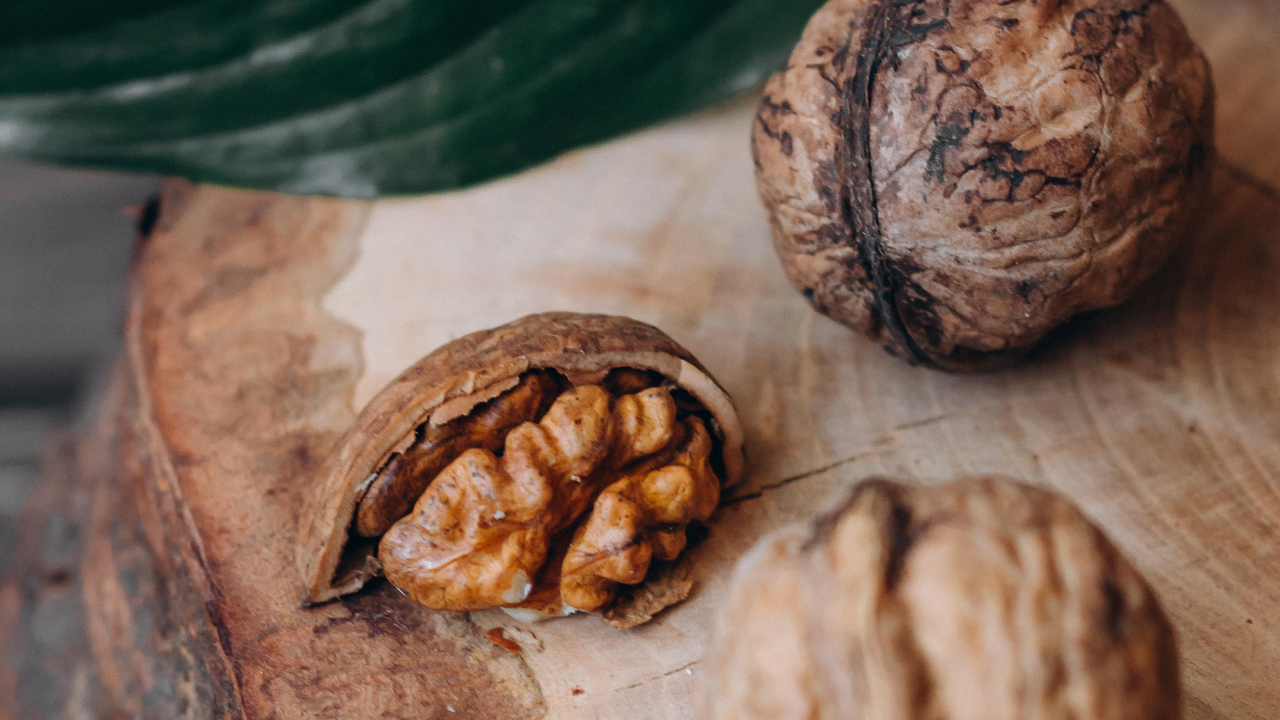
The nerdy neuroscience behind food cravings
Cravings also seem to “hijack” our brain’s reward centre. When you take a bite of a cookie, it feels good! This feeling drives us to continue trying to satisfy the craving over and over again so we can feel good over and over again. We can thank our neurotransmitters for that!
This is where some of the recent neuroimaging studies come in. Researchers measure which areas of the brain have more activity and “light up” when people are presented with food cues.
In one study, people who successfully lost weight were presented with food cues. Interestingly, instead of the expected “reward” areas of the brain to light up, areas of self-control lit up. This suggests that if we can overcome the very difficult natural reactions to food cravings more often (e.g., to lose weight—which is very hard!), this may help to “train our brain” to increase self-control and decrease the reward we feel when we indulge in our craved foods.
Another neuroimaging study let people know which foods they could eat during and after the study. Then, they were shown pictures of foods—some were available and others weren’t. The participants had higher neural activation when they were shown pictures of foods they knew were available to them. The strongest neural reactions were to food that were both available and highly craveable. From this, it seems that simply knowing that a desired food is available makes the thought of it very rewarding.
This brings us back to our food environment. If we know that foods we love are easy to get, our brains “light up” more when we think about them, rather than foods that are not as easily accessible.
For example, I rarely think about pizza, but as soon as I see it I’m tempted.
More research is needed in these areas, but they do lend some weight to the conditioning hypothesis that, according to the brain, food cravings serve an emotional need.
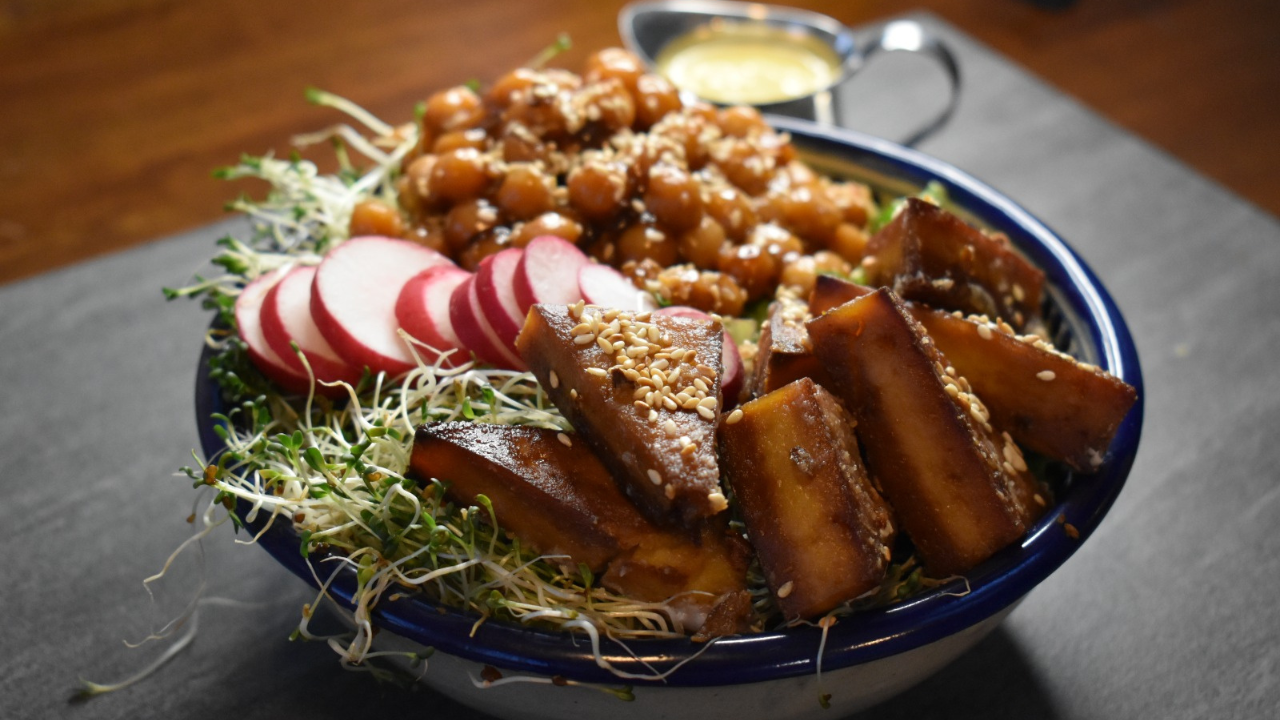
Conclusion
Now you know food cravings are a normal part of being a human. They’re part of our natural physiology and that makes them very difficult to change. Some people experience stronger cravings than others due to genetics and other factors.
We live in a food environment that promotes multiple food cues every day and gives us easy access to craveable foods. Together, these take advantage of our natural tendencies to crave certain foods.
Cravings come partly from our body’s physical need for nutrients, but recent research shows that they’re even more influenced by our emotional needs and habits.
And remember, if you believe you may have any nutrient deficiencies or any health conditions, speak with your healthcare professional for a proper diagnosis and treatment strategy.
How do you stop food cravings?
I've put together my top 10 tips for alchemizing your food cravings into your strength.


